Top Image: Jose Calugas at his Medal of Honor Ceremony, April 1945. Courtesy of the US Signal Corps.
Jose Cabalfin Calugas was born in Barangay Tagsing, Leon, Iloilo, Philippines, on December 29, 1907. The oldest of three children, young Calugas lived a modest life in the farming community, but lost his mother when he was 12 years old. At the age of 23, he joined the Philippine Scouts, a special unit comprised of Filipinos who would serve under the occupying American forces. He went to Camp Sill, Oklahoma where he went through basic training and then onto artillery training. After completion he was assigned to the 24th Artillery Regiment of the Philippine Scouts and posted at Fort Stotsenburg, Pampanga in the Philippines. He married and started a family and was eventually assigned to the 88th Artillery Regiment.
When hostilities commenced with the December 8, 1941 Japanese attack on the Philippines (among other attacks throughout the Pacific, including Pearl Harbor) Calugas was a mess sergeant with Battery B, of the 88th, and sent with his unit to the Bataan Peninsula. The American battle plan was to set up various lines of resistance to force the Japanese to fight a tough battle south, from line to line, in hopes that resupply and reinforcements would make their way from the United States.
Being at one of the northernmost lines, his battery and regiment were attacked in January 1942, taking on the brunt of the Japanese assault. His citation below, though brief, describes his heroics, which made him the first Filipino American Medal of Honor recipient of World War II.
The action for which the award was made took place near Culis, Bataan Province, Philippine Islands, on 16 January 1942. A battery gun position was bombed and shelled by the enemy until one gun was put out of commission and all the cannoneers were killed or wounded. Sgt. Calugas, a mess sergeant of another battery, voluntarily and without orders ran 1,000 yards across the shell-swept area to the gun position. There he organized a volunteer squad which placed the gun back in commission and fired effectively against the enemy, although the position remained under constant and heavy Japanese artillery fire.
On February 24, 1942 the order to award Calugas the Medal of Honor was announced, but the US and Filipino forces had more pressing concerns than a medal ceremony. The Japanese continued their onslaught on the Bataan Peninsula and throughout the Philippines. With his men on Bataan having been on half rations, then quarter rations, with disease setting in throughout the ranks, and running out of ammunition, Major General Edward “Ned” King, Jr. surrendered his forces on Bataan on April 9, 1942. Some 76,000 Americans and Filipinos fell to the 54,000 Japanese under the command of Lieutenant General Masaharu Homma. It was, and still is, the largest surrender of forces under American command in its history.
Calugas was a part of the infamous Bataan Death March, which he survived, and spent nearly eight months at Camp O’Donnell where his malnourished body was frequently beaten. In January 1943, he was released to work for the Japanese in a rice mill. While there, he secretly joined a guerrilla unit, at first spying on the Japanese, and then escaping in October of that year to join the unit in its fight against the occupation of his homeland. When the American forces landed on Luzon in January 1945, Calugas and his unit increased their attacks, including an assault on a Japanese unit stationed at Karangalan.
With the liberation of the Philippines, Calugas was finally presented with his Medal of Honor at a ceremony, where it was placed around his neck by Major General Richard J. Marshall, Commanding General of USAFFE on April 30, 1945. After the war, in 1947, he was assigned to the 44th Infantry Regiment, serving occupation duty on Okinawa.
Though technically a US national, as a Filipino, Calugas was not a citizen. During his time in Okinawa, he fulfilled the requirements to be granted US citizenship. Retiring from the US Army in 1957 with the rank of Captain, Calugas and his family moved to Tacoma, Washington, where he died on January 18, 1998 at age 90. His legacy is represented at Fort Sill, where his Medal is held at the Museum and on a relief at Mt. Samat, the national memorial to the Filipino service and sacrifice of the WWII years.
-

Part I of the reilef at Mt. Samat of Jose Calugas and his actions. Courtesy of Rodel Sembrano via Flickr.
-

Part II of the reilef at Mt. Samat of Jose Calugas and his actions. Courtesy of Rodel Sembrano via Flickr.
Jeremy Collins
Jeremy Collins joined The National WWII Museum in 2001 as an intern, and now oversees the institution’s public programming initiatives.
Cite this article:
MLA Citation:
APA Citation:
Chicago Style Citation:
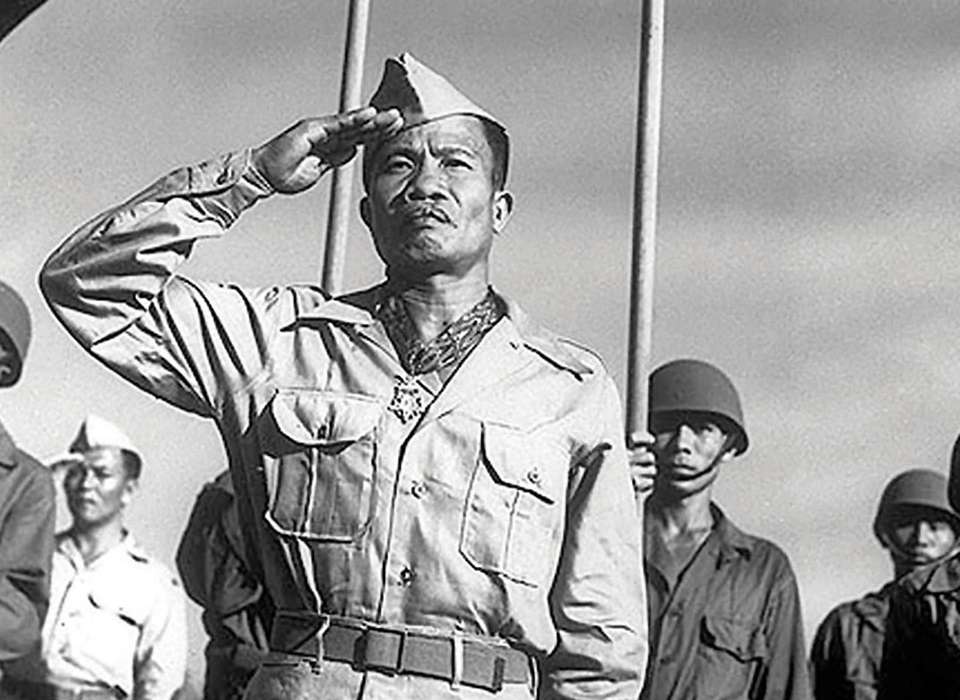
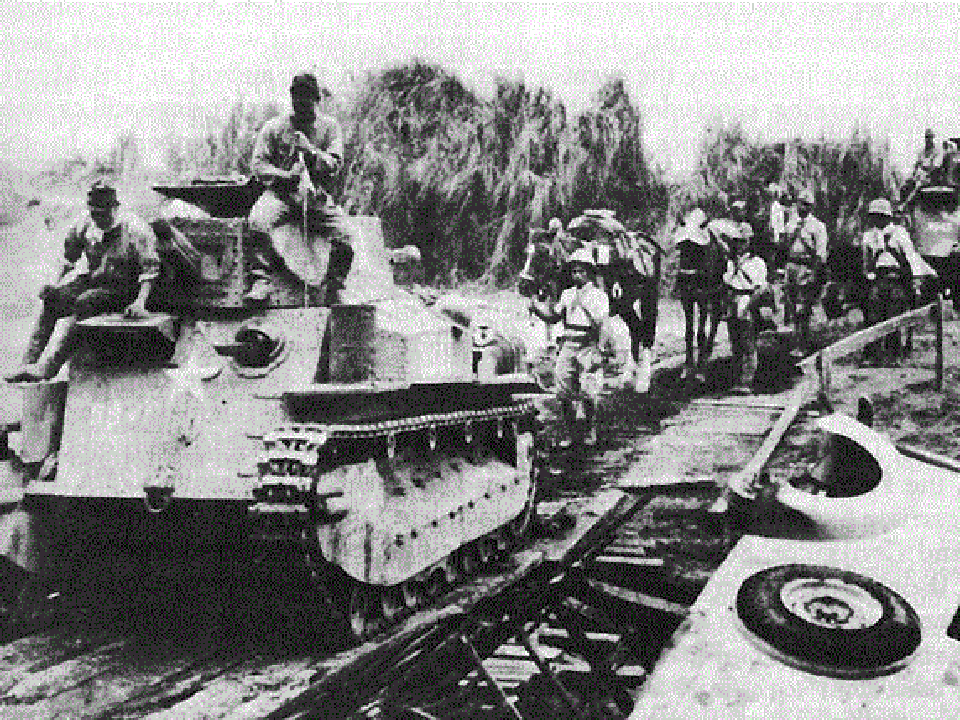
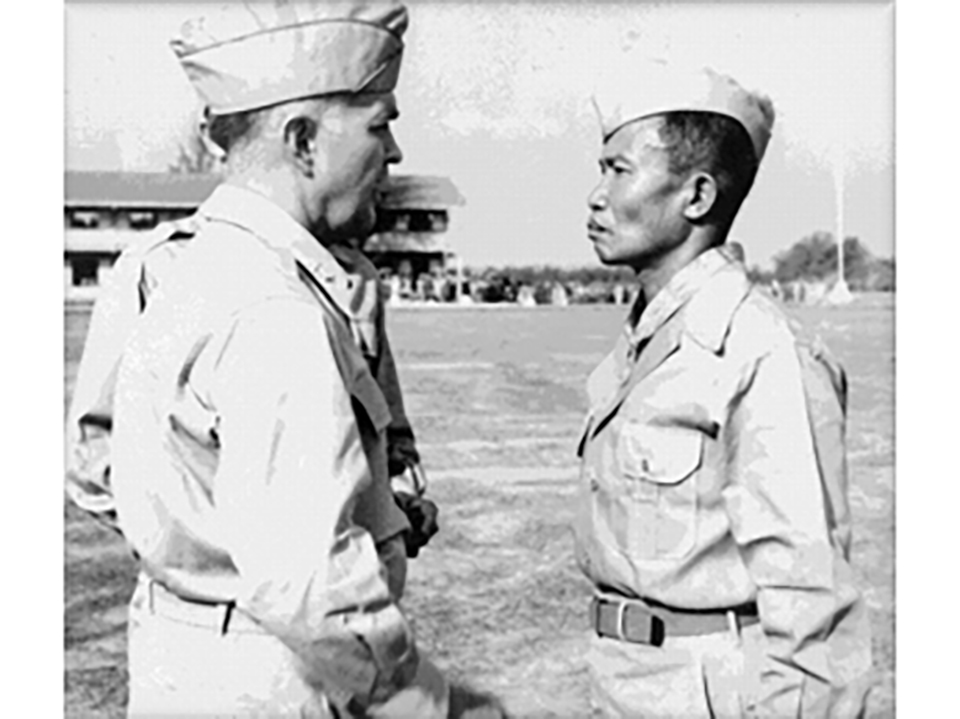
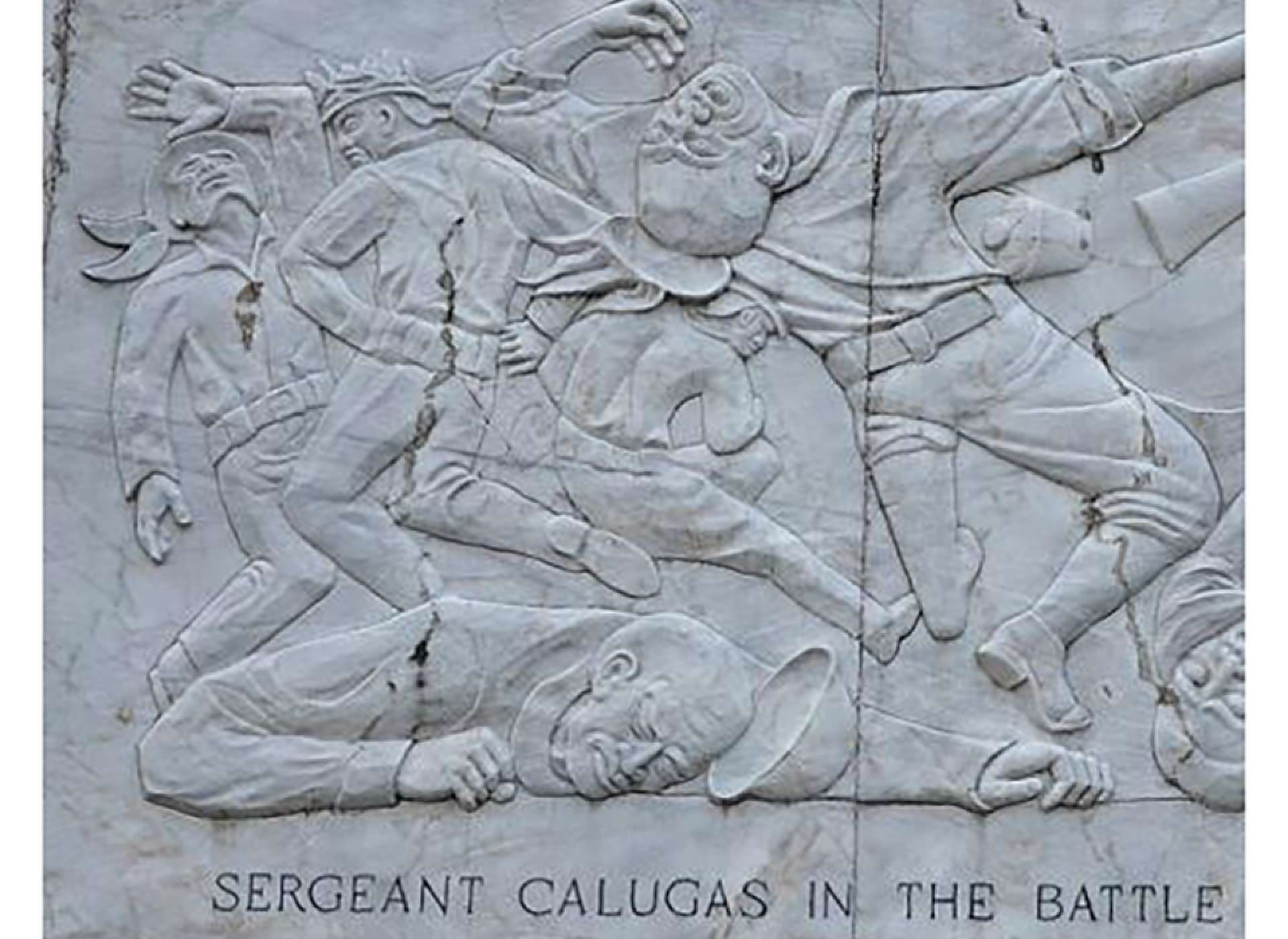
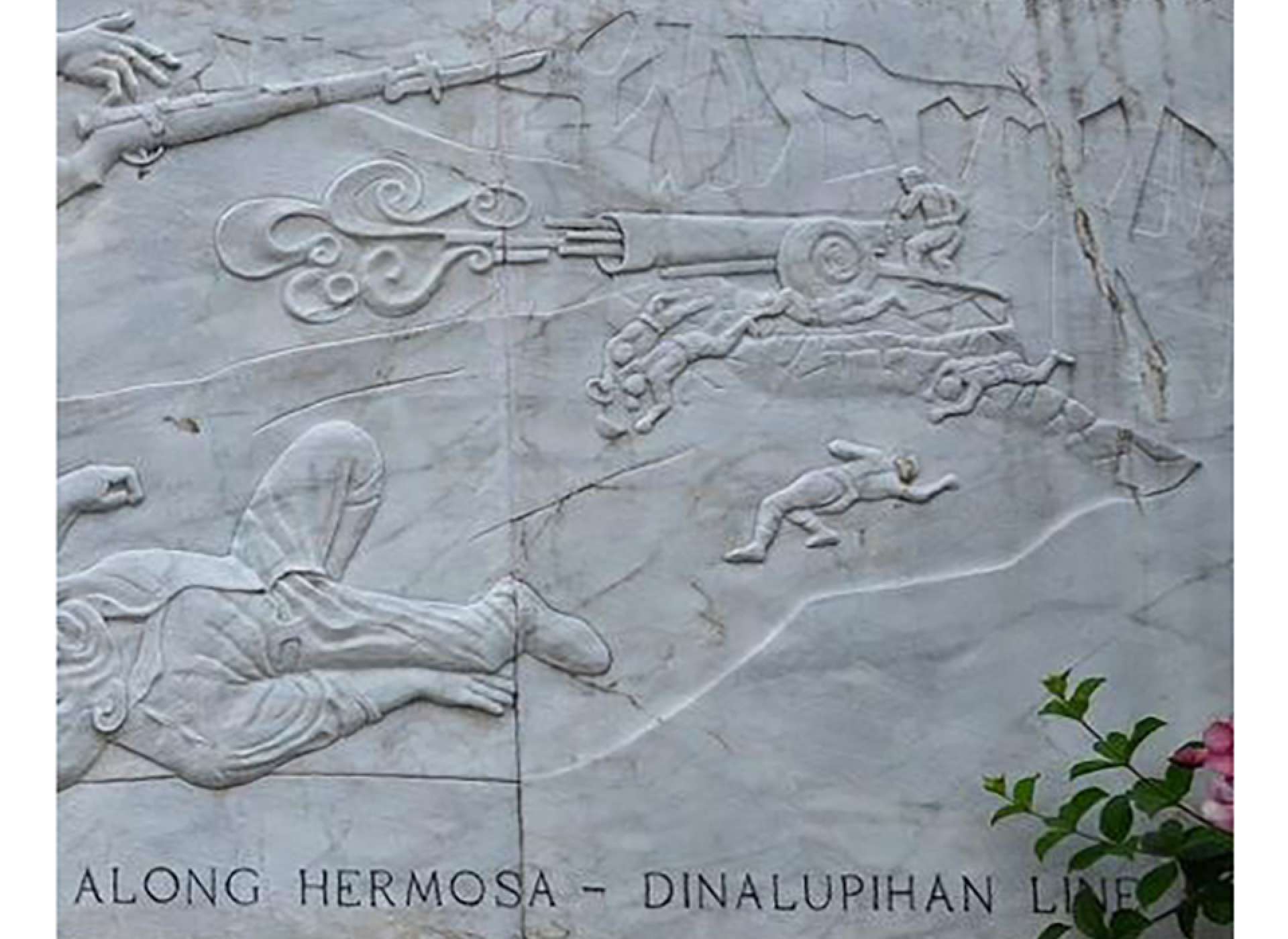




![Max Fuchs, New York City cantor, sings as Rabbi Sydney [sic] Lefkowitz, Richmond, VA, conducts the first Jewish services from Germany.](/sites/default/files/styles/max_650x650/public/2025-10/image1.jpg)



